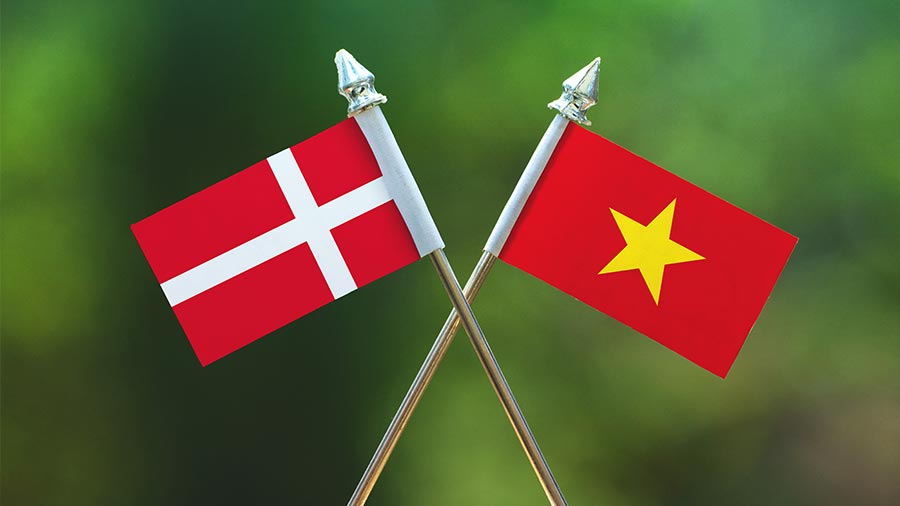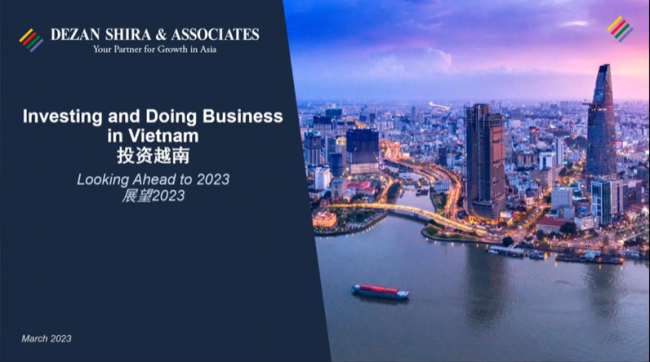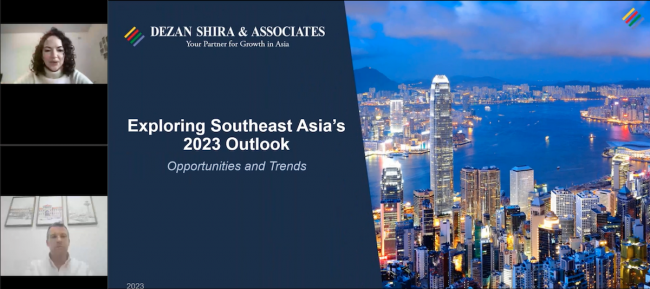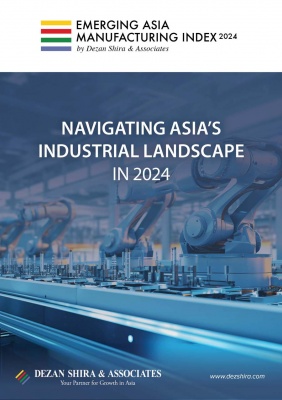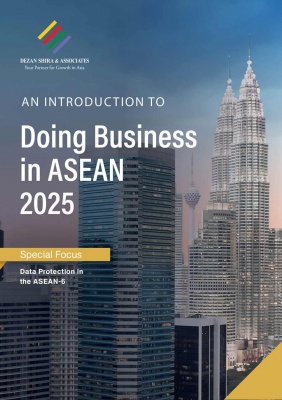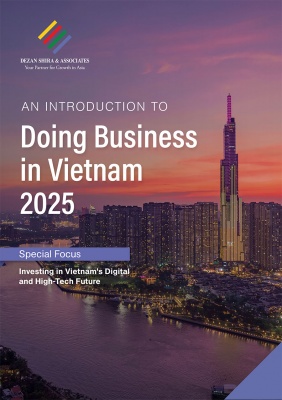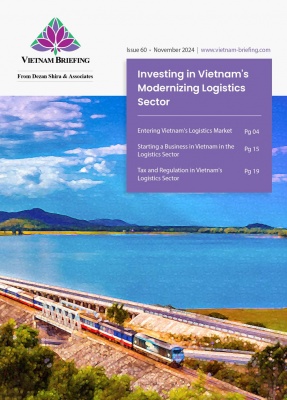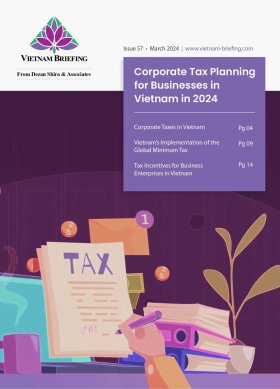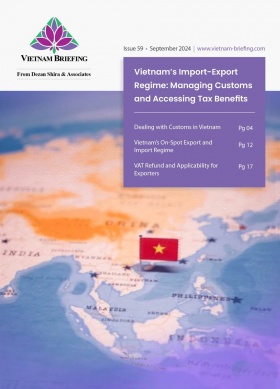Vietnam Announces Master Plan on Coastal Resources: Focus on Sustainable Exploitation and Usage
Vietnam’s Master Plan on Sustainable Exploitation and Use of Coastal Resources (2021-2030) outlines a vision to transform coastal areas into economic and cultural hubs by 2050, focusing on sustainability, renewable energy, eco-tourism, and marine biotechnology. It offers strategic investment opportunities while emphasizing environmental preservation, cultural heritage, and socioeconomic development.
On December 15, 2024, Vietnam’s Ministry of Natural Resources and Environment unveiled the Master Plan on Sustainable Exploitation and Use of Coastal Resources for the 2021-2030 period, with a vision to 2050 (hereinafter, the Master Plan). Approved by the Prime Minister under Decision 1117, this ambitious framework seeks to turn Vietnam’s coastal areas into thriving economic and cultural hubs that bridge the divide between land and sea.
For businesses and investors, the Master Plan presents a wealth of opportunities across multiple sectors, from renewable energy and tourism to marine biotechnology and infrastructure development. It also underscores Vietnam’s commitment to sustainable practices, ensuring long-term environmental preservation alongside economic growth. With clear goals to enhance resource management, strengthen maritime defense, and foster a prosperous maritime economy, the Master Plan sets the stage for strategic investments that align with Vietnam’s vision of becoming a leading maritime nation.
This article explores the objectives, key components, and investment opportunities outlined in the Master Plan, offering valuable insights for those seeking to engage with Vietnam’s vibrant coastal development strategy.
Overview of Vietnam’s Master Plan on Coastal Resources
Context and vision
The Master Plan envisions transforming Vietnam’s coastal areas into dynamic economic and cultural hubs by 2050. These regions will serve as vital connectors between land and sea, strengthening trade links and fostering sustainable growth. The plan also aims to ensure ecological balance and environmental protection while advancing socioeconomic development. The plan supports Vietnam’s aspiration of becoming a prosperous maritime nation by integrating resource management, safeguarding biodiversity, and embracing modern, eco-friendly practices.
This vision incorporates net-zero emissions by 2050, reinforcing Vietnam’s commitment to global climate goals. It also emphasizes preserving coastal communities’ cultural heritage and identity, protecting livelihoods, and enhancing national security, creating a robust foundation for sustainable progress.
Key objectives
The Master Plan outlines comprehensive objectives to be achieved by 2030, with a long-term outlook extending to 2050, as outlined in the table below.
|
Key objectives of Vietnam’s Master Plan on Coastal Resources |
|
|
Environmental protection and biodiversity conservation |
|
|
Sustainable economic development |
|
|
Cultural preservation and community well being |
|
|
Defense and security integration |
|
|
Integrated resource management |
|
Multi-sectoral planning framework
The Master Plan lays out a cohesive framework to coordinate the development of diverse sectors while ensuring sustainable use of Vietnam’s coastal resources. It aims to balance economic growth with environmental preservation and the well-being of coastal communities, providing a clear roadmap for integrated management.
Central to the framework is the rational allocation of space to key sectors such as tourism, aquaculture, renewable energy, and transportation. By addressing overlaps and conflicts in resource use, the Master Plan ensures that economic activities are carried out in harmony with the preservation of ecosystems and biodiversity. Coastal urban areas and industrial zones are required to adopt sustainable development practices, including the implementation of advanced wastewater treatment systems to maintain environmental standards.
The Master Plan also prioritizes innovation and efficiency, encouraging the use of modern technologies and sustainable resource management models that align with ecological capacity. This approach not only reduces environmental impacts but also positions Vietnam’s coastal regions as hubs of green and resilient economic activity.
In addition, the framework emphasizes the importance of cultural and community values. It ensures equitable access to marine resources for local populations while protecting the cultural heritage and traditions that define Vietnam’s coastal identity.
By integrating these elements, the Master Plan provides a foundation for long-term growth that aligns economic potential with ecological responsibility, offering a robust platform for investment and development in Vietnam’s coastal regions.
Business and investment opportunities
The Master Plan offers a wealth of opportunities for businesses and investors seeking to engage with Vietnam’s vibrant and strategically significant coastal regions. By aligning sustainable development goals with robust economic strategies, the plan creates a dynamic environment for investment across multiple sectors.
Key opportunities include:
- Renewable energy development: Vietnam’s vast coastline is primed for renewable energy projects, particularly offshore wind and solar power. The plan’s emphasis on sustainable practices and resource efficiency makes it an ideal time for investors to enter this growing market.
- Tourism and hospitality: With its focus on promoting eco-friendly tourism, the Master Plan opens doors for investments in sustainable resorts, cultural heritage tourism, and marine recreation, catering to the rising global demand for responsible travel experiences.
- Marine biotechnology and fisheries: The plan prioritizes the sustainable management of marine resources, paving the way for advancements in aquaculture and marine biotechnology. Investors can explore opportunities in innovative fisheries, bio-product development, and eco-friendly seafood processing.
- Logistics and trade: Vietnam’s coastal regions, as vital connectors between land and sea, offer opportunities for enhancing maritime trade and logistics. Investments in port development, shipping, and trade facilitation infrastructure will support Vietnam’s growing role as a regional trade hub.
- Environmental solutions: The plan’s ambitious goals for waste management, conservation, and climate resilience create a market for innovative environmental technologies and services, from waste-to-energy solutions to ecosystem restoration projects.
By fostering a business-friendly environment and emphasizing sustainability, the Master Plan ensures that investments align with Vietnam’s long-term vision of a prosperous and resilient maritime economy. Businesses that prioritize green innovation, cultural preservation, and community engagement will not only contribute to Vietnam’s growth but also gain a competitive edge in a global market increasingly focused on sustainability.
About Us
Vietnam Briefing is published by Asia Briefing, a subsidiary of Dezan Shira & Associates. We produce material for foreign investors throughout Asia, including ASEAN, China, and India. For editorial matters, contact us here and for a complimentary subscription to our products, please click here. For assistance with investments into Vietnam, please contact us at vietnam@dezshira.com or visit us at www.dezshira.com.
Dezan Shira & Associates assists foreign investors throughout Asia from offices across the world, including in Hanoi, Ho Chi Minh City, and Da Nang. We also maintain offices or have alliance partners assisting foreign investors in China, Hong Kong SAR, Dubai (UAE), Indonesia, Singapore, Philippines, Malaysia, Thailand, Bangladesh, Italy, Germany, the United States, and Australia.
- Previous Article Future of Internet in Vietnam: Insights into SpaceX’s Potential Starlink Expansion
- Next Article Vietnam Updates Criteria for High-Tech Investment Projects
